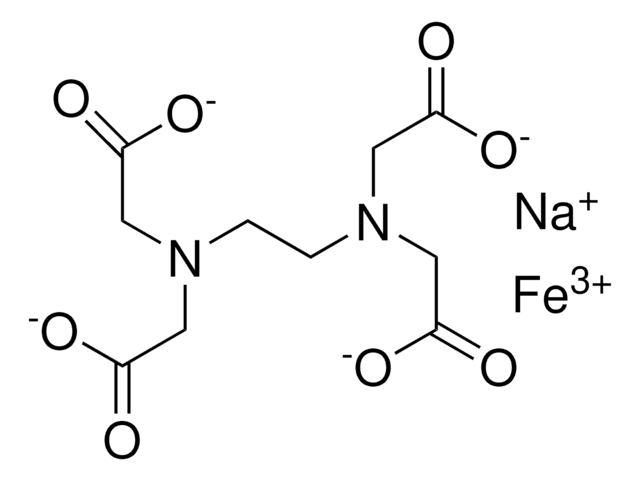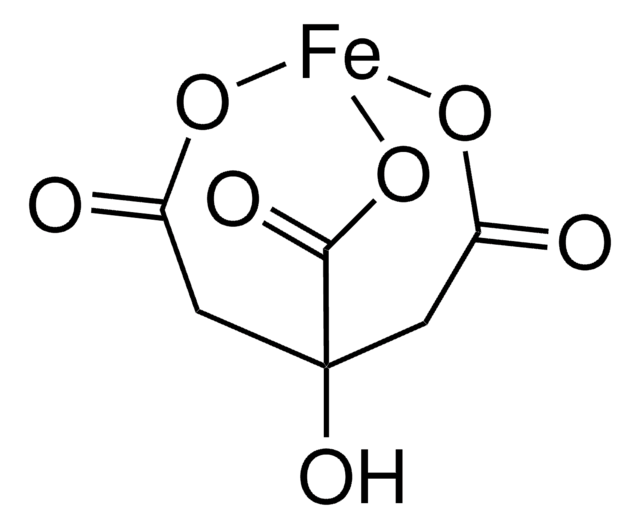Wszystkie zdjęcia(2)
Kluczowe dokumenty
V900500
Agar
Vetec™, reagent grade
Synonim(y):
Agar-agar, Gum agar
Zaloguj sięWyświetlanie cen organizacyjnych i kontraktowych
About This Item
Polecane produkty
klasa czystości
reagent grade
sterylność
non-sterile
linia produktu
Vetec™
InChI
1S/C14H24O9/c1-5-8(16)13-11(7(21-5)4-20-13)23-14-10(18)12(19-2)9(17)6(3-15)22-14/h5-18H,3-4H2,1-2H3/t5?,6-,7?,8-,9+,10-,11?,12+,13+,14?/m1/s1
Klucz InChI
GYYDPBCUIJTIBM-DYOGSRDZSA-N
Szukasz podobnych produktów? Odwiedź Przewodnik dotyczący porównywania produktów
Informacje prawne
Vetec is a trademark of Merck KGaA, Darmstadt, Germany
Ta strona może zawierać tekst przetłumaczony maszynowo.
Kod klasy składowania
11 - Combustible Solids
Klasa zagrożenia wodnego (WGK)
WGK 1
Wybierz jedną z najnowszych wersji:
Masz już ten produkt?
Dokumenty związane z niedawno zakupionymi produktami zostały zamieszczone w Bibliotece dokumentów.
Xiaohua Dong et al.
Cell reports, 30(8), 2614-2626 (2020-02-27)
Synapses are fundamental to the normal function of the nervous system. Glia play a pivotal role in regulating synaptic formation. However, how presynaptic neurons assemble synaptic structure in response to the glial signals remains largely unexplored. To address this question
Malika Gouali et al.
Journal of clinical microbiology, 51(3), 894-900 (2013-01-04)
The performance of CHROMagar STEC and CHROMagar STEC O104 (CHROMagar Microbiology, Paris, France) media for the detection of Shiga toxin-producing Escherichia coli (STEC) was assessed with 329 stool specimens collected over 14 months from patients with suspected STEC infections (June
Exoprotein production correlates with morphotype changes of nonmotile Shewanella oneidensis mutants.
Miaomiao Shi et al.
Journal of bacteriology, 195(7), 1463-1474 (2013-01-22)
We report a previously undescribed mechanism for the rugose morphotype in Shewanella oneidensis, a research model for investigating redox transformations of environmental contaminants. Bacteria may form smooth or rugose colonies on agar plates. In general, conversion from the smooth to
Extracellular bioluminescence of mycelium metabolites of the luminous mushroom Panellus stipticus (IBSO-2301) growing on an Agar medium.
A P Puzyr et al.
Doklady biological sciences : proceedings of the Academy of Sciences of the USSR, Biological sciences sections, 448, 39-40 (2013-03-13)
Timothy A Wencewicz et al.
Journal of medicinal chemistry, 56(10), 4044-4052 (2013-04-26)
Chemical syntheses and biological evaluation of biscatecholate-monohydroxamate mixed ligand sideromycins utilizing the carbacephalosporin β-lactam antibiotic loracarbef and the fluoroquinolone antibiotic ciprofloxacin are described. The mixed ligand β-lactam sideromycin (1b) had remarkably selective and extremely potent antibacterial activity against the Gram-negative
Nasz zespół naukowców ma doświadczenie we wszystkich obszarach badań, w tym w naukach przyrodniczych, materiałoznawstwie, syntezie chemicznej, chromatografii, analityce i wielu innych dziedzinach.
Skontaktuj się z zespołem ds. pomocy technicznej



